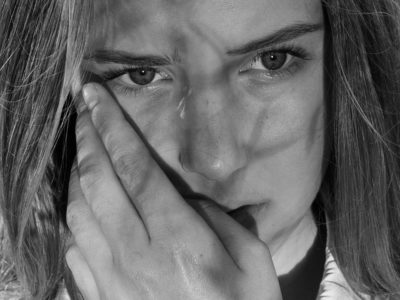Marsilac: Where Sao Paulo’s Economic Growth Didn’t Arrive
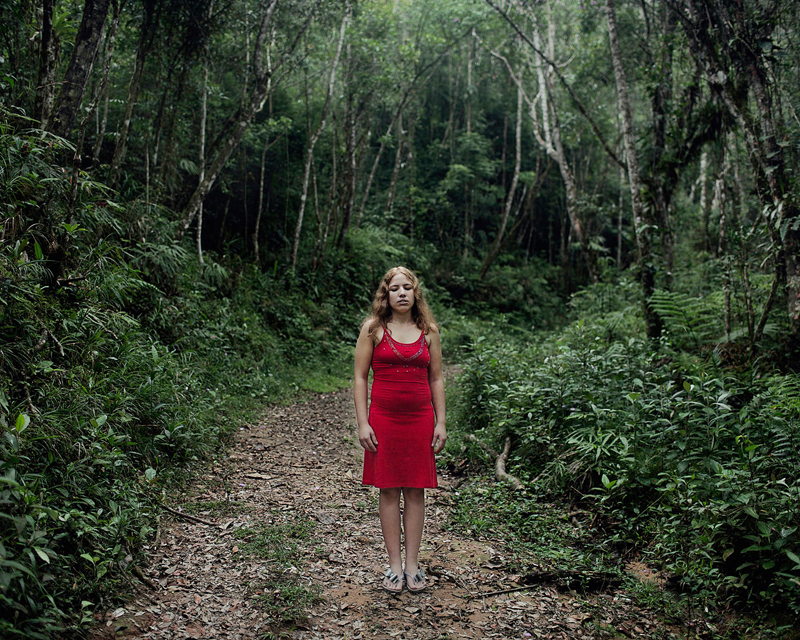
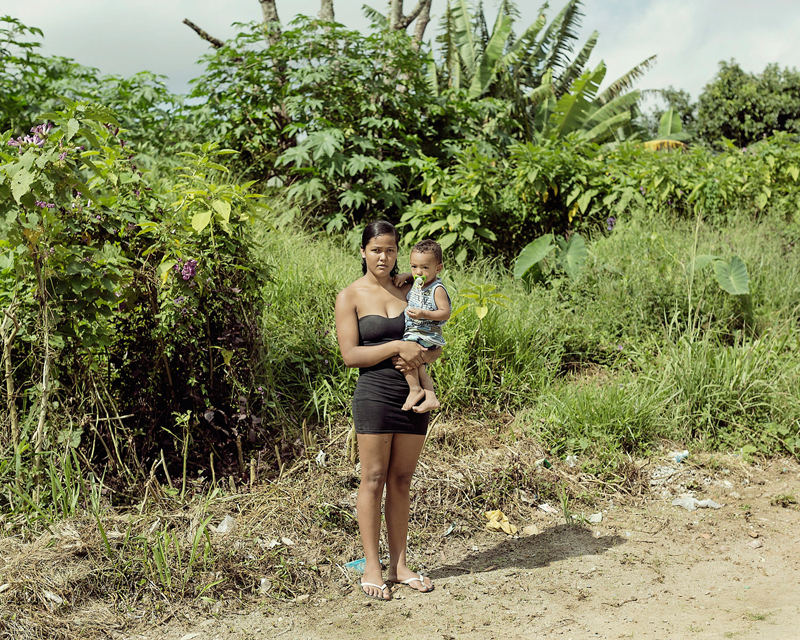
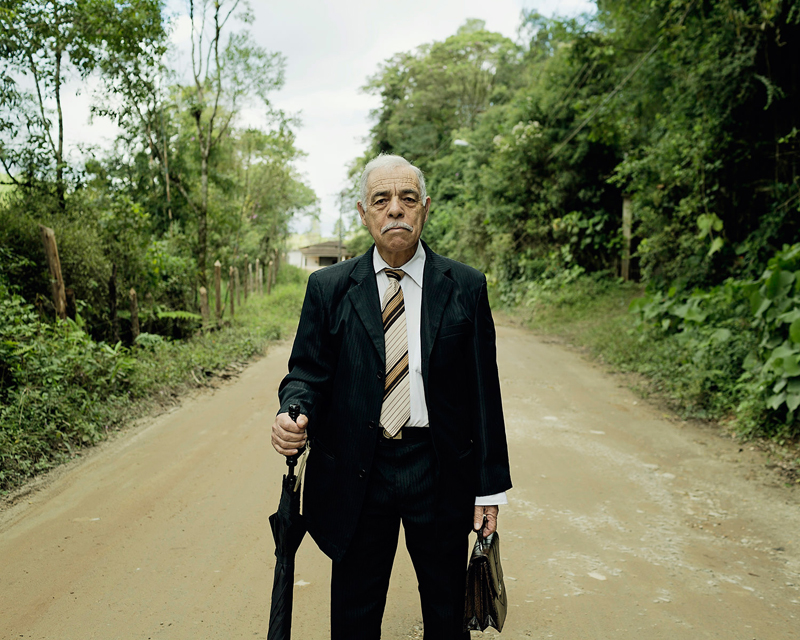
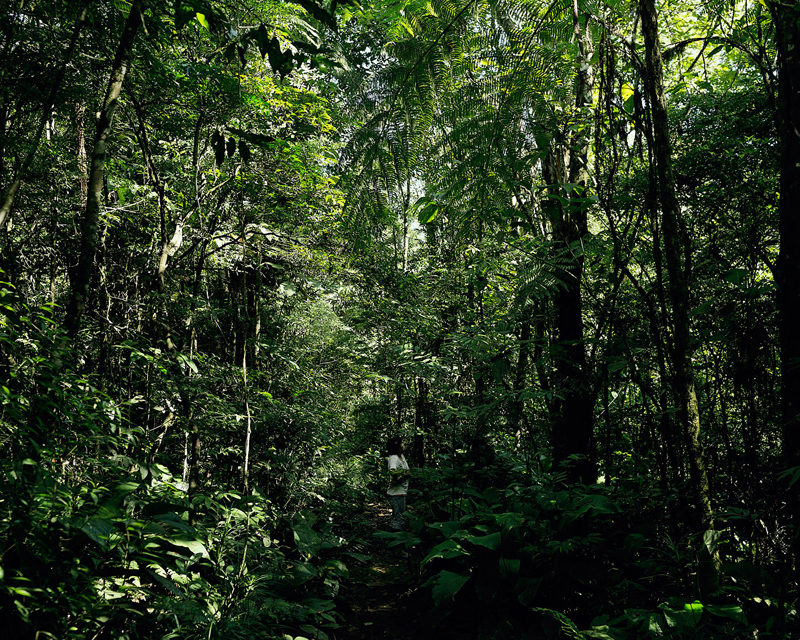
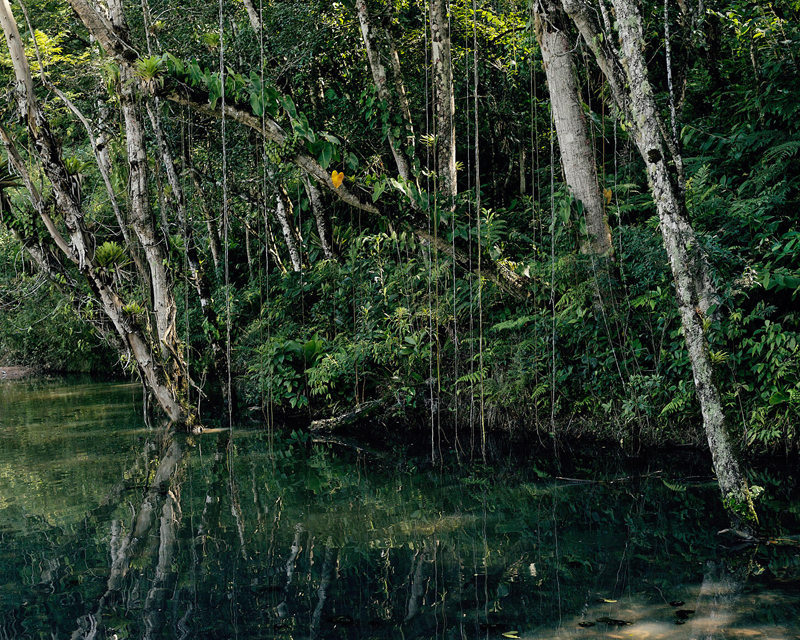
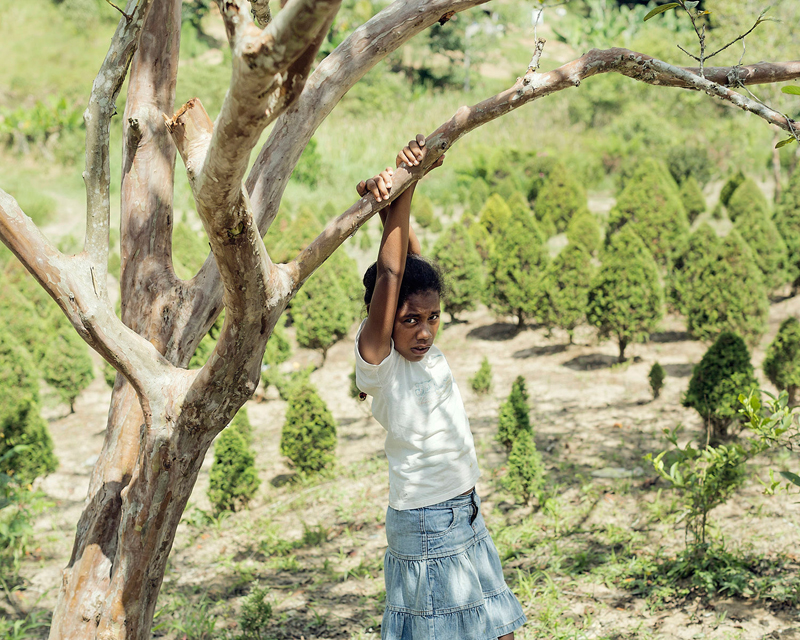
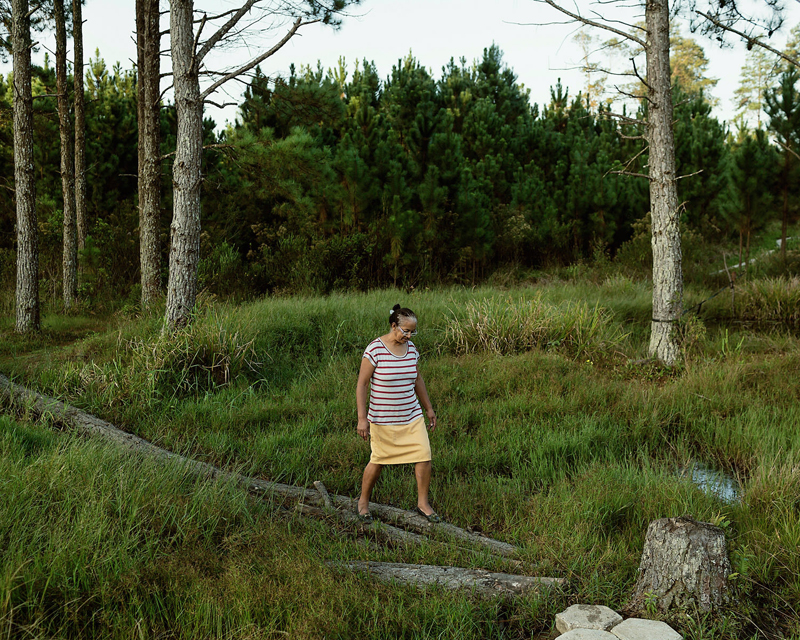
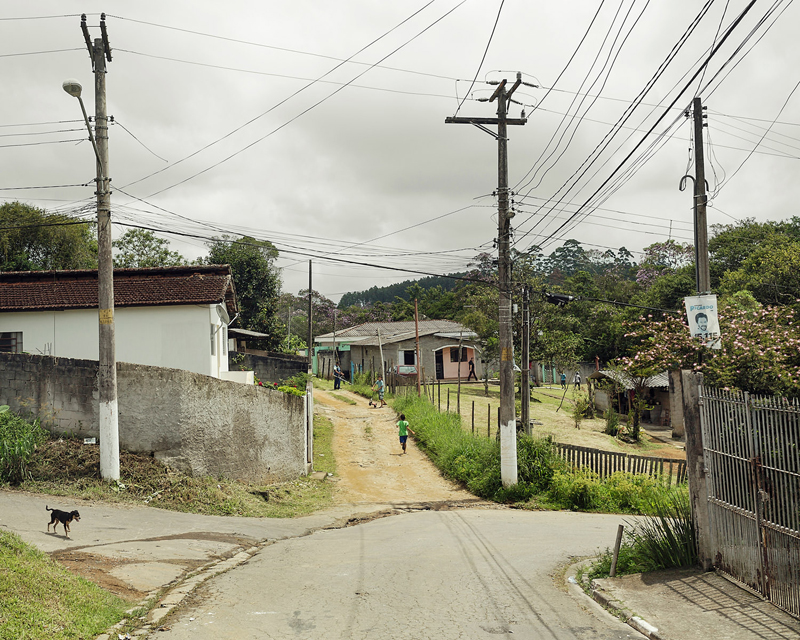
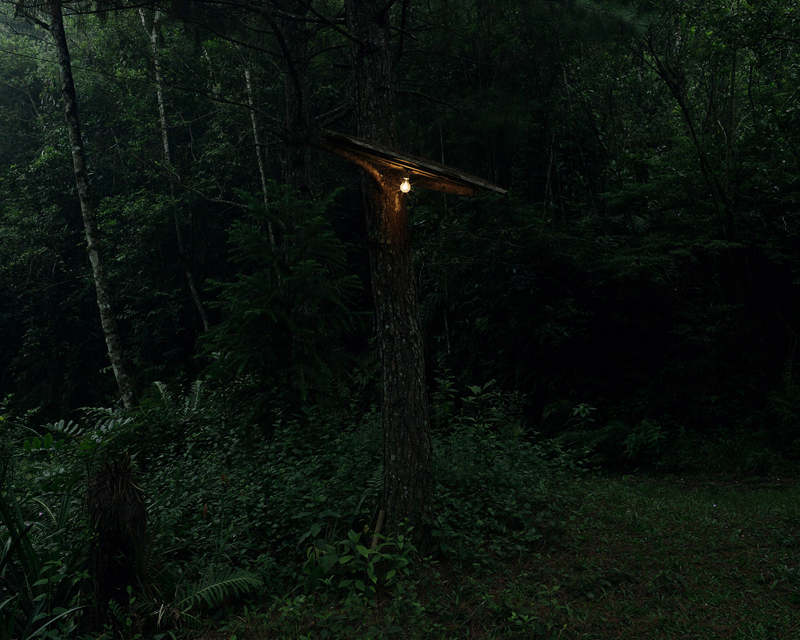
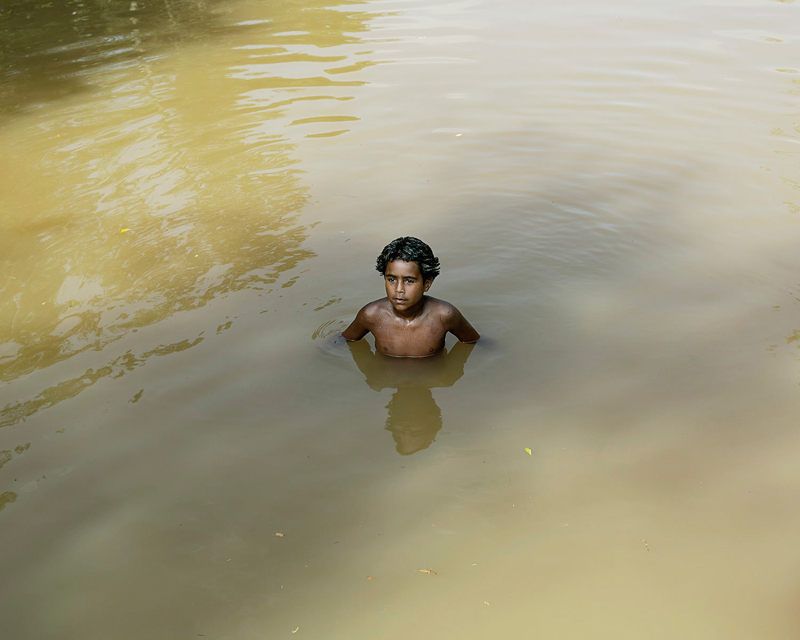
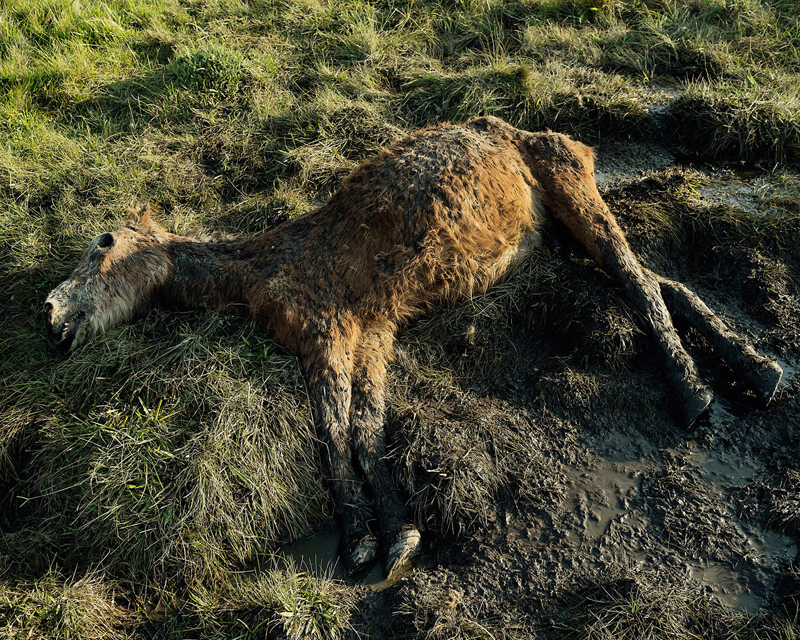
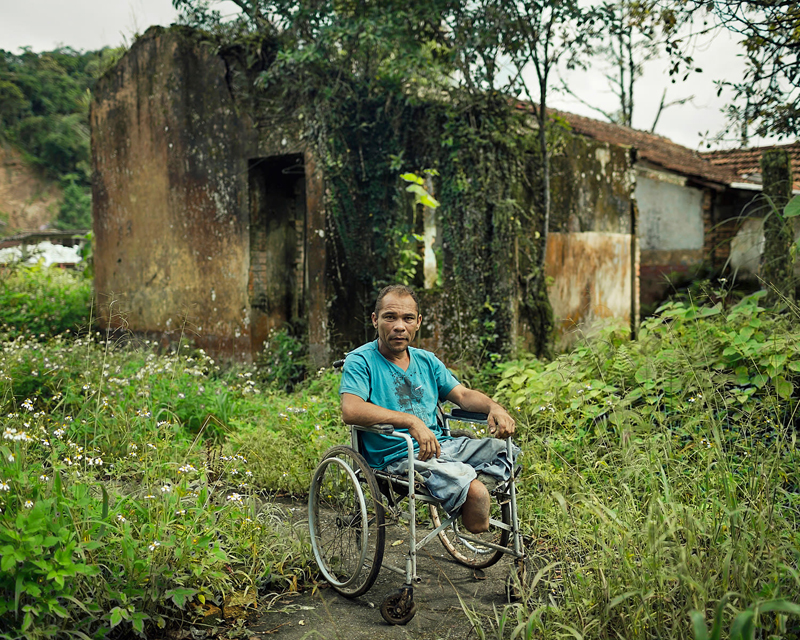
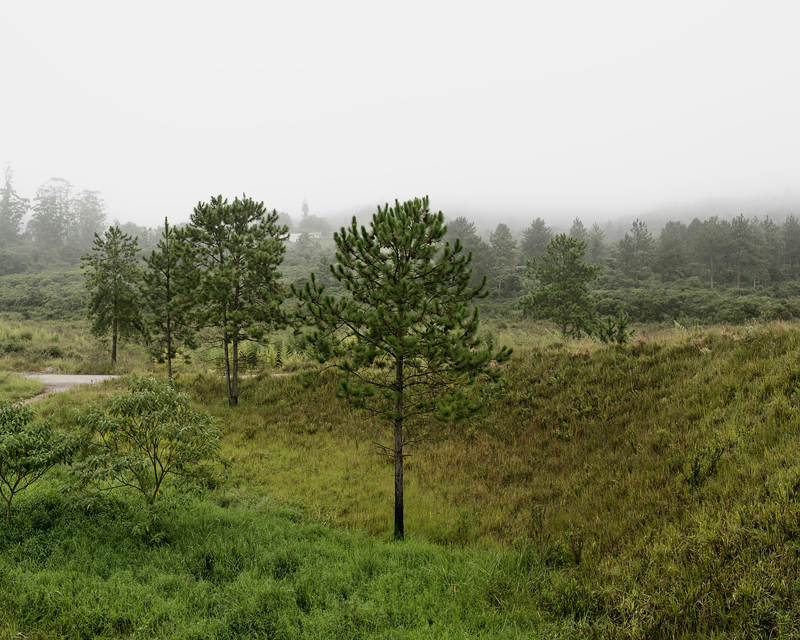
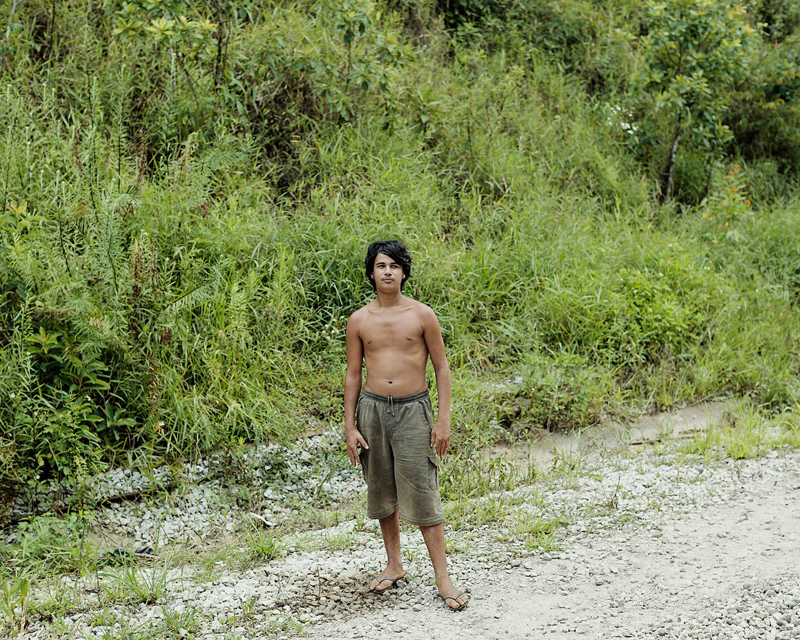
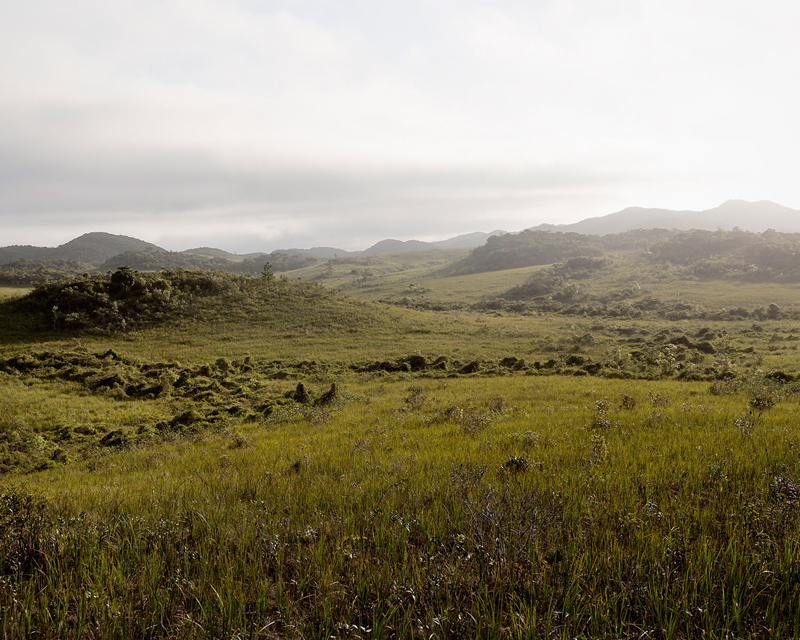
Marsilac is the name of a peripheral district in Sao Paulo‘s urban area, but unlike Sao Paulo’s center, none of the incredible growth the city had in recent years touched Marsilac.
Talented photographer Gabo Morales has been visiting the district for the last three years, taking compelling pictures that portray the rudimental life and endeavors of Marsilac’s population. The series is an ongoing project – follow this Tumblr blog for the latest images taken by Gabo in Marsilac.
“To this day, most maps of São Paulo omit, for lack of space or interest, the metropolis’ southernmost tip. But dozens of kilometers south of the ever sprawling urban area, lies the Marsilac district, a small-town feel, rural enclave in the largest city of South America.
The current narrative on São Paulo is always about how grey and chaotic the city is. Marsilac, where greenery and silence still dominate the sparsely populated landscape, almost never gets to be part of the city nor in its maps or in its storyline, and, even worse, in its urban policies.
For almost three years I have been documenting the daily life of Marsilac and asking why have this place been ignored for so long. The narrative on São Paulo is also about how the city turn out to be one of the most unequal metropolises in the world. That’s when Marsilac might have a chance to be remembered. But barely.
This 80 square miles district, the largest and poorest in the city, is home to around eight thousand people. Local community leaders have been fighting for years to bring there improvements such as public transportation, sewerage and a postal office, to name a few. While the population fairly wants all the benefits of modern urban life, their houses are inside an environmental protection area, formalized, and imposed on them through a series of bureaucratic and limiting policies to development, after most of them actually occupied that space.
While every dweller knows there’s rules that prevent the construction of new homes and the sale of lots, the blind acceptance of such rules is seriously limiting to the development of their own lives. This long-term project questions if its posible to preserve the greenbelt without neglecting basic urban benefits to people who have lived there for decades and were never properly assisted by the State.
Political boudaries, citizenship, tensions between belonging and isolation, and the very capacity of photogaphy to make sense of such a complex reality are also themes of this project.”
— Gabo Morales
Keep looking...
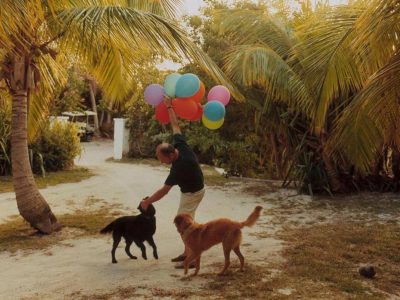
Emma Hardy Encapsulates Authentic Moments of Her Family Life in Light-Drenched Images
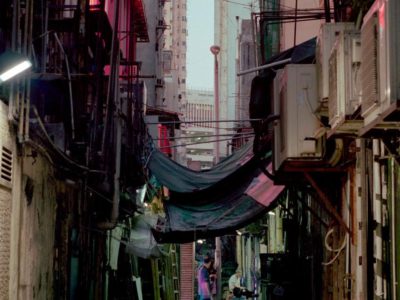
Others Photograph Hong Kong’s Huge Skyscrapers—Ajay Malghan Prefers to Shoot Its Alleys
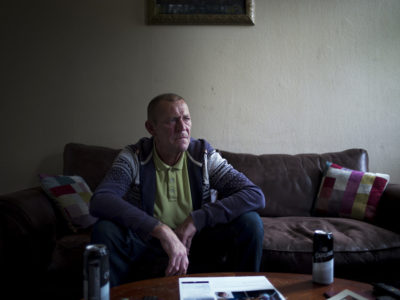
To Sea Again — Faraz Pourreza Portrays a Community of British Ex-Fishermen Who Voted for Brexit

Locals — Olya Ivanova Portrays the People of Russia’s Small Towns
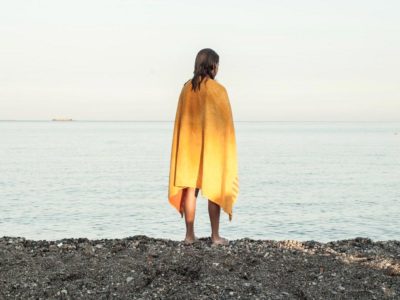
Stefania Orfanidou Metaphorizes the Effects of Abruptly Quitting Addicting Substances

FotoFirst — Lenka Grabicova Celebrates the Beauty of Falconry and Birds of Prey
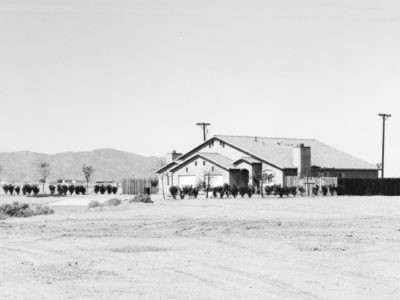
This Is the Desert Where the Atomic Bomb Was Tested in the 1940s


